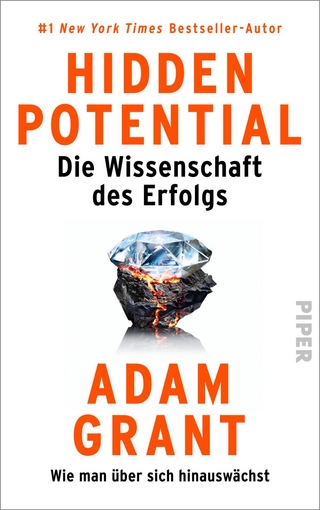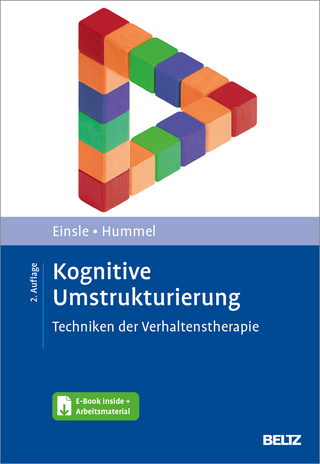
Learning in Natural and Connectionist Systems
Springer (Verlag)
978-94-010-4362-5 (ISBN)
New empirical work is presented showing dissociations between implicit and explicit memory performance. Recently proposed explanations for such data lead to a new connectionist learning procedure: CALM (Categorizing and Learning Module), which can learn with or without supervision, and shows practical advantages over many existing procedures. Specific experiments are simulated by a network model (ELAN) composed of CALM modules. A working memory extension to the model is also discussed that could give it symbol manipulation abilities.
The book will be of interest to memory psychologists and connectionists, as well as to cognitive scientists who in the past have tended to restrict themselves to symbolic models.
Preface.- Acknowledgements.- 1: Introduction.- 1.1. The importance of learning.- 1.2. The biological role of learning.- 1.3. Connectionist models as learning systems.- 1.4. Models and languages.- 1.5. Aligning connectionist learning with natural learning.- 2: A connectionist approach to learning.- 2.1. The connectionist language.- 2.2. Problems with connectionist models.- 2.3. CALM: Categorizing and Learning Module.- 2.4. Single module simulations.- 2.5. Multiple module simulations.- 2.6. Discussion.- 3: Psychological constraints on learning.- 3.1. Attention and memory storage.- 3.2. Elaborative shifts during rehearsal.- 3.3. Attention and study-test compatibility as dissociative factors.- 3.4. Divided attention and implicit and explicit memory tasks.- 3.5. Towards a memory model incorporating attentional effects.- 4: A connectionist model for implicit and explicit memory.- 4.1. ELAN: a family of models.- 4.2. Architecture of ELAN-1.- 4.3. Simulations with ELAN-1.- 4.4. Higher ELAN models.- 5. Evaluation.- 5.1. Comparison to other models.- 5.2. The connectionism vs. symbol-manipulation controversy.- 5.3. Conclusion.- References.
| Zusatzinfo | XVI, 294 p. |
|---|---|
| Verlagsort | Dordrecht |
| Sprache | englisch |
| Maße | 155 x 235 mm |
| Themenwelt | Geisteswissenschaften ► Psychologie ► Allgemeine Psychologie |
| Geisteswissenschaften ► Psychologie ► Biopsychologie / Neurowissenschaften | |
| Mathematik / Informatik ► Informatik ► Theorie / Studium | |
| Medizin / Pharmazie ► Medizinische Fachgebiete ► Neurologie | |
| Naturwissenschaften ► Physik / Astronomie ► Theoretische Physik | |
| Naturwissenschaften ► Physik / Astronomie ► Thermodynamik | |
| Sozialwissenschaften ► Soziologie | |
| ISBN-10 | 94-010-4362-0 / 9401043620 |
| ISBN-13 | 978-94-010-4362-5 / 9789401043625 |
| Zustand | Neuware |
| Haben Sie eine Frage zum Produkt? |
aus dem Bereich


